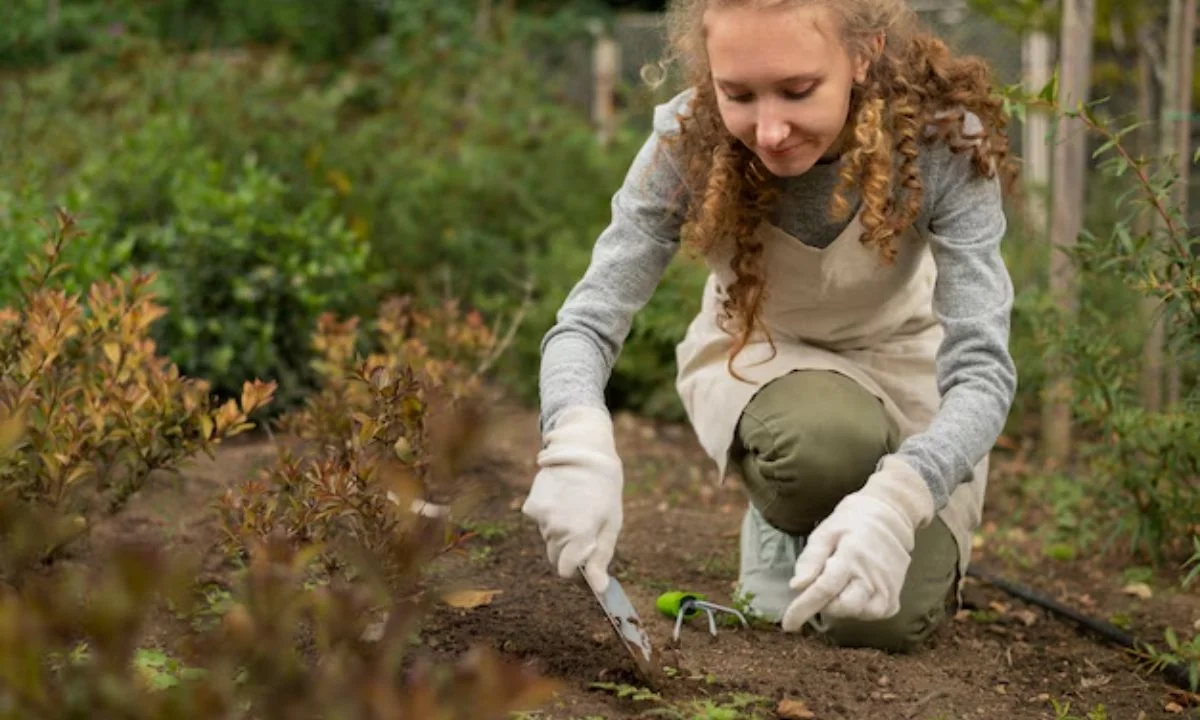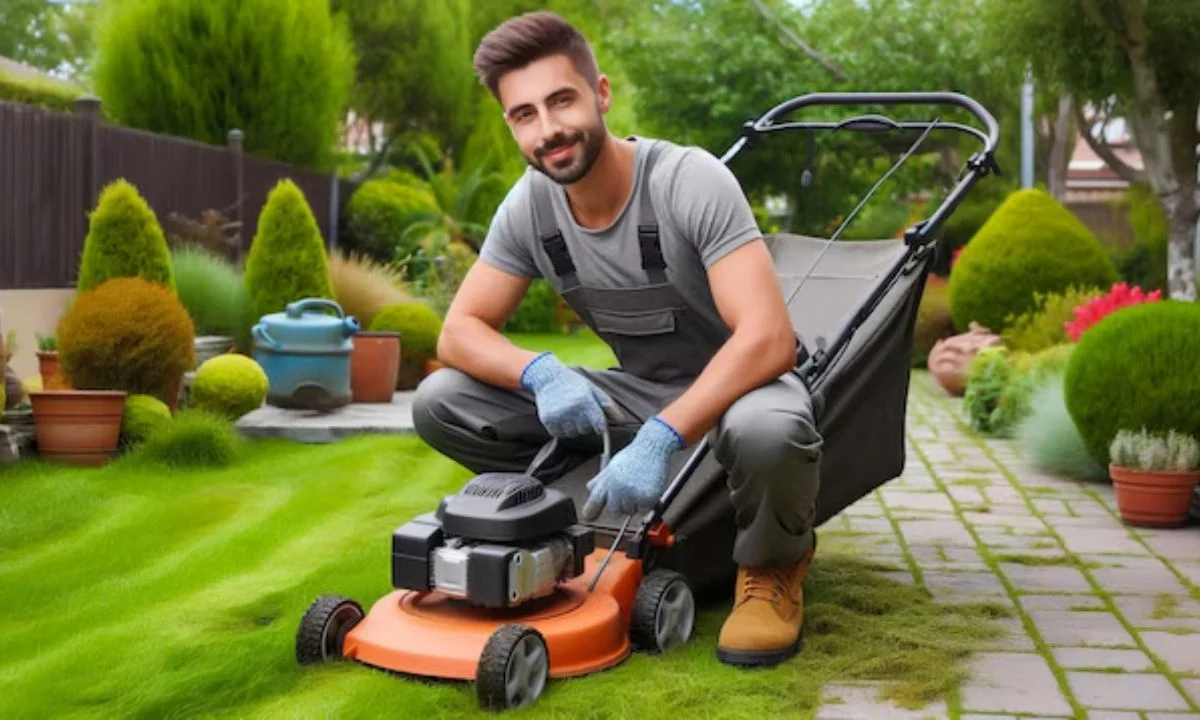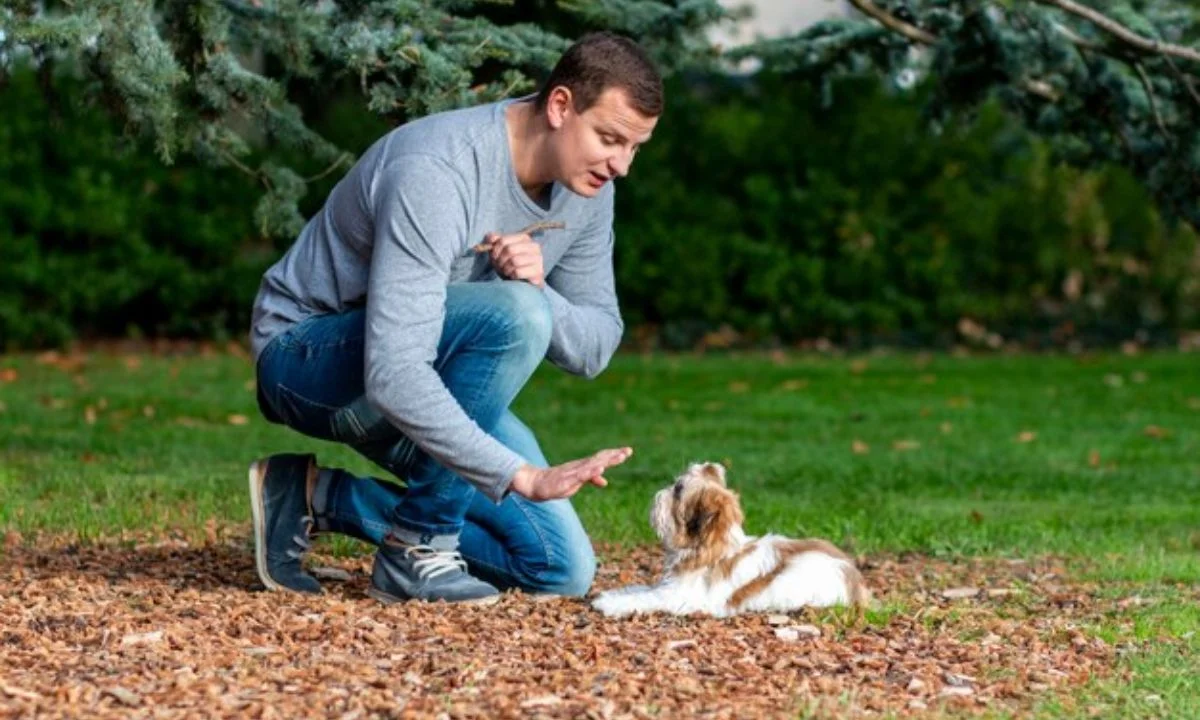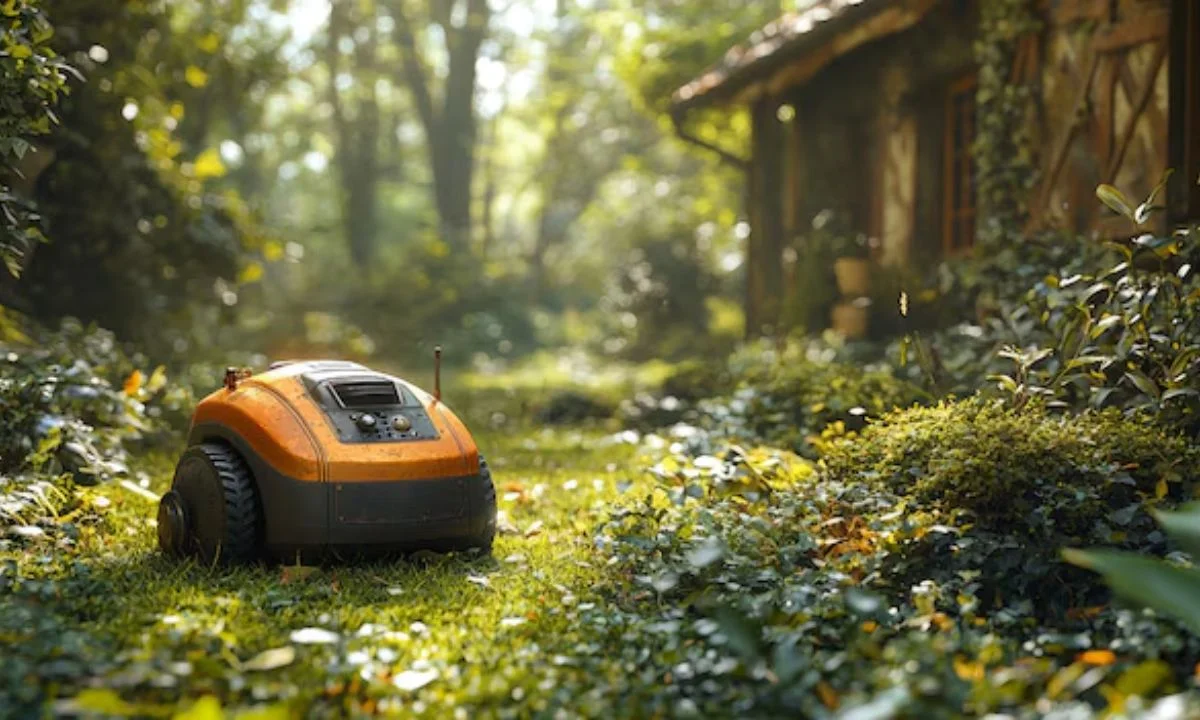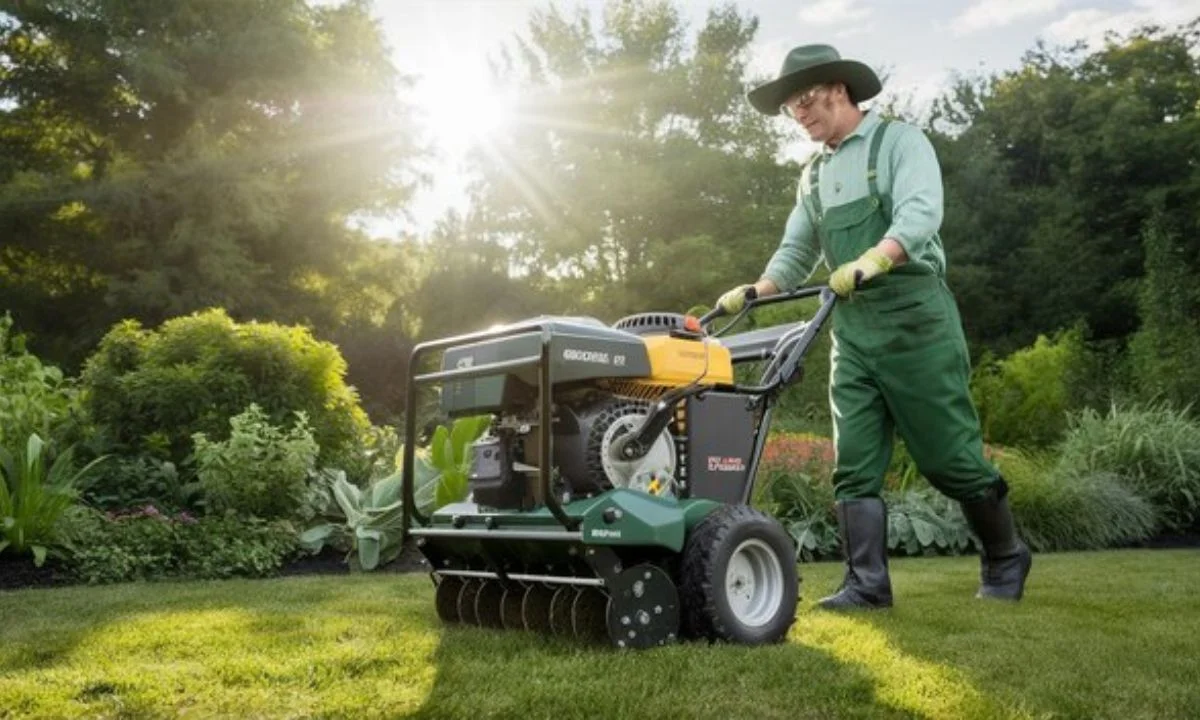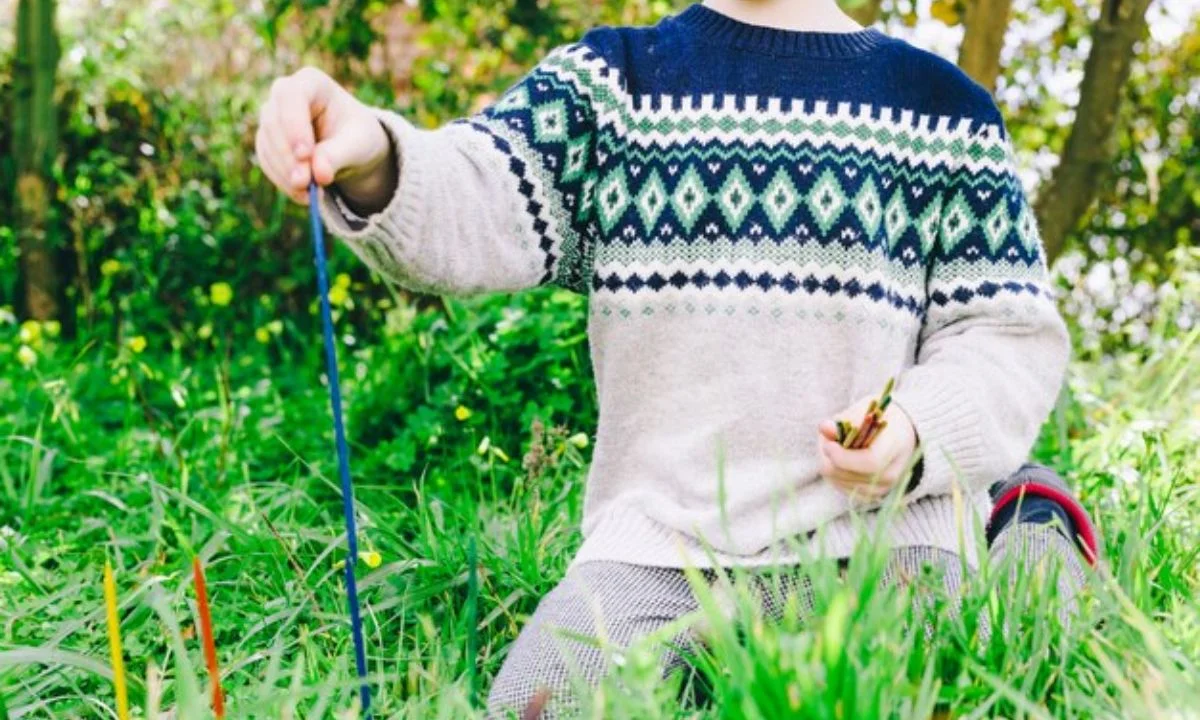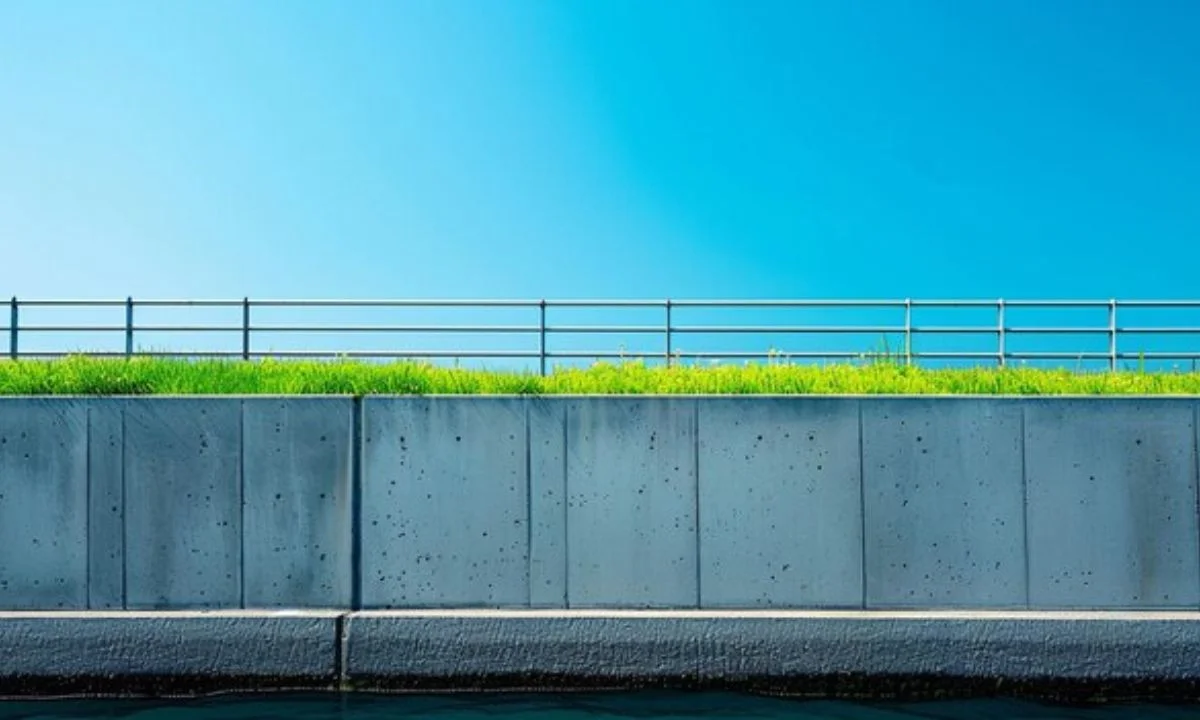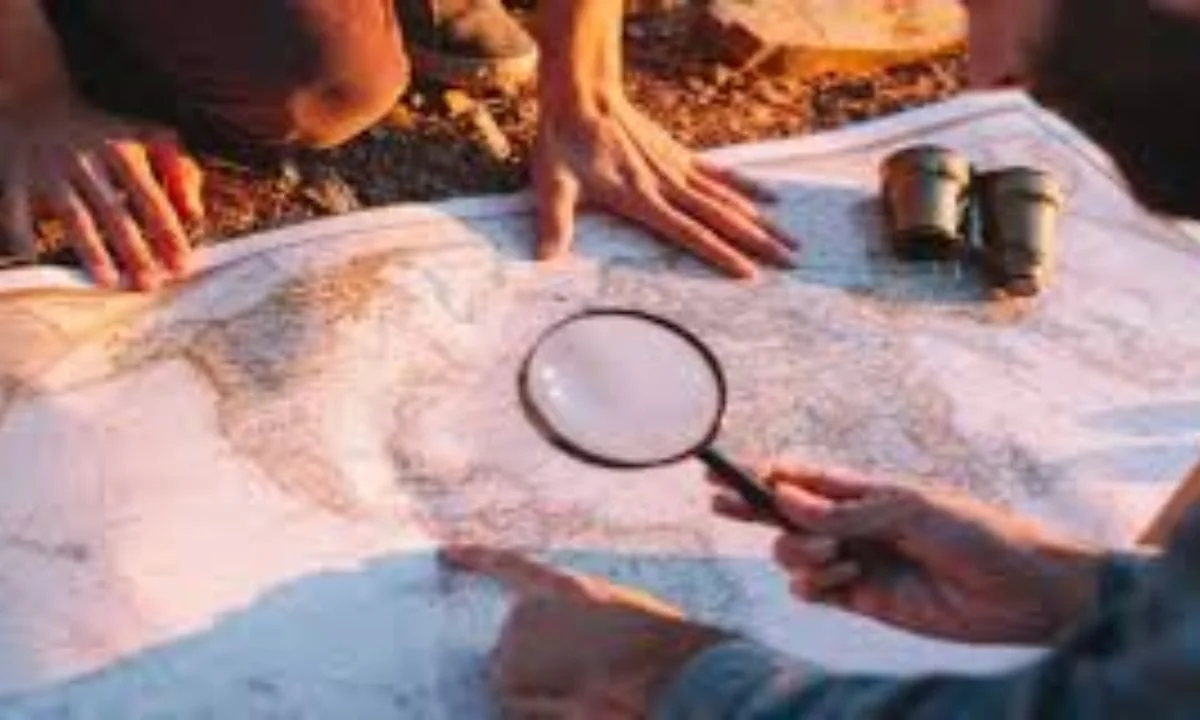Gardening with Creekside is one of the most peaceful and rewarding ways to create a beautiful outdoor space. Imagine having a lovely garden right next to a flowing creek. The sound of the water, the lush greenery, and the wildlife all come together to create a calming environment. If you want to try gardening by a creek, you’ve come to the right place. In this guide, we’ll explore how to design a garden that thrives in a creekside setting, what plants to use, and the special care such gardens require.
Why Choose Gardening with Creekside?
Gardening next to a creek has unique benefits that make it different from traditional gardening. The natural water source creates a more humid environment, which is perfect for many types of plants. Creekside gardens can stay cooler in hot weather, and the presence of water makes your garden feel alive with the sights and sounds of nature.
Must read How to Get Rid of Roaches Overnight
Not only does the creek provide a soothing backdrop, but it also helps keep the soil moist. This means less watering for you! However, gardening by a creek can also come with challenges, such as flooding or erosion. With a little planning, you can manage these issues and create a healthy, vibrant garden.
Planning Your Creekside Garden
The first step to successful creekside gardening is planning. It’s important to observe the area around your creek to understand how the water flows and how much sunlight your garden will get.
- Consider the Water Flow: You should watch how the creek behaves during different seasons. Does it flood after heavy rains? Does it dry out during droughts? Knowing the water patterns will help you choose the right plants and garden design.
- Test the Soil: Soil near creeks can be sandy, loamy, or even clay-like. Testing the soil will give you a better idea of what kind of plants will grow best in your creekside garden.
- Look at Sunlight: Creeks are often surrounded by trees or hills that may block sunlight. Some areas may be full sun, while others might be shaded. Make sure you choose plants that thrive in your garden’s light conditions.
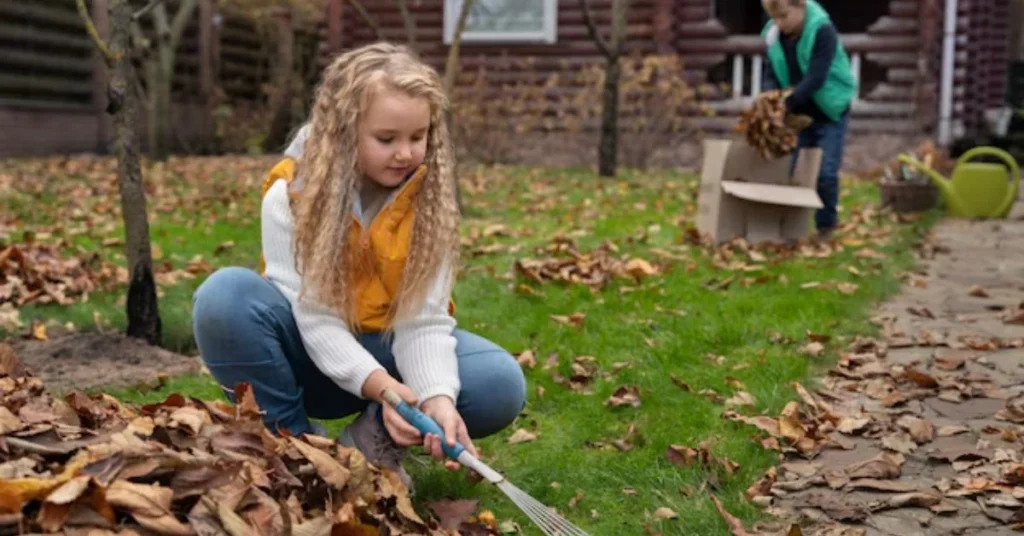
Choosing Plants for Creekside Gardening
One of the most fun parts of gardening with Creekside is selecting the right plants. Creekside environments are perfect for native plants that thrive in moist conditions.
- Water-Loving Plants: Plants like ferns, willows, and cattails do well in moist soil near creeks. They can handle occasional flooding and will enjoy the extra moisture from the creek.
- Perennials and Shrubs: If you’re looking for plants that come back year after year, consider hostas, daylilies, and dogwood shrubs. These plants are known for their resilience and beauty.
- Wildflowers: Wildflowers like coneflowers and black-eyed Susans are great additions to a creekside garden. They attract bees and butterflies, adding life and color to your garden.
Designing Your Creekside Garden
When designing your garden, consider how you want to interact with the creek. Do you want a path that leads to the water? Maybe you want a seating area where you can relax and listen to the flowing creek.
- Create Pathways: Add natural stone or wood pathways that blend into the environment. Pathways give you easy access to your garden while helping prevent soil erosion.
- Add a Water Feature: Even though you have a creek, adding a small pond or water fountain can create a focal point in your garden. It also encourages wildlife like birds and frogs to visit.
- Use Terracing: If your garden area is sloped, terracing can help prevent soil from washing into the creek. Terraces are like steps in the landscape that keep soil in place and create different levels for planting.
Caring for Your Creekside Garden
Caring for a creekside garden is a bit different from regular gardening. Because of the natural water source, you may not need to water your garden as much, but you still need to take care of the plants.
- Watch for Erosion: One of the biggest challenges in creekside gardening is erosion. The flowing water can carry away soil, especially after heavy rains. Planting ground covers like creeping thyme or using mulch can help hold the soil in place.
- Pest Control: Creekside gardens can attract wildlife like deer, rabbits, and insects. While some creatures are good for your garden, others may eat your plants. Consider using natural repellents or creating barriers to keep pests out.
- Pruning and Weeding: Just like any other garden, you’ll need to prune plants and pull weeds regularly. This helps keep your garden healthy and looking its best.
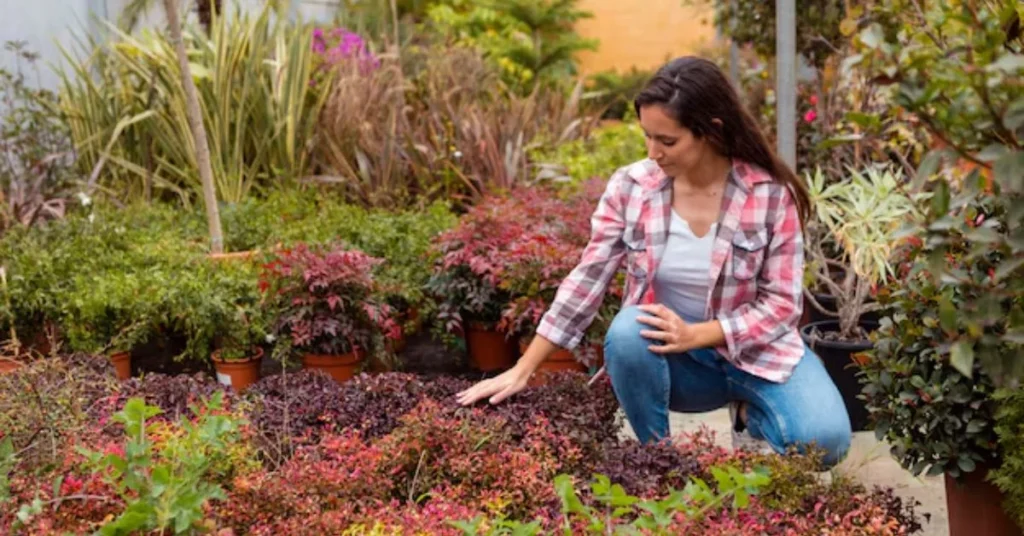
Creekside Gardening and Wildlife
One of the joys of gardening with Creekside is the wildlife that will visit your garden. Birds, butterflies, and frogs are commonly found near creeks, and they can help your garden thrive.
- Attracting Birds: By planting trees and shrubs like dogwood and elderberry, you can create a habitat for birds. They will not only add beauty to your garden but will also help control insect populations.
- Supporting Pollinators: Bees and butterflies are essential for pollinating flowers. Planting wildflowers and herbs like lavender and thyme will attract these helpful insects to your garden.
- Frog Habitats: Frogs are a natural part of creek ecosystems. They help control bugs and are fun to watch. Creating shallow areas of water or adding water plants can invite frogs to make your garden their home.
Seasonal Maintenance in Creekside Gardening
Each season brings its own tasks for creekside gardens. Proper seasonal maintenance will ensure your garden remains vibrant year-round.
- Spring: Spring is the perfect time to plant new flowers and shrubs. The soil is moist, and the weather is warming up, giving plants a good start for the growing season.
- Summer: In the heat of summer, you’ll need to keep an eye on your plants. While the creek provides moisture, some plants may need extra watering during dry spells.
- Fall: Fall is the time to prune back plants and prepare your garden for winter. Removing dead plants and adding mulch can protect your garden from cold weather.
- Winter: While your garden may be resting in winter, you can plan for the next season. Think about what new plants or garden features you’d like to add in the spring.
Conclusion
Gardening with Creekside is a wonderful way to combine the beauty of nature with your love for gardening. With careful planning, the right plants, and a bit of maintenance, your creekside garden can become a peaceful retreat filled with the sound of flowing water and the sights of blooming flowers. By embracing the challenges and rewards of gardening next to a creek, you’ll create a stunning outdoor space that not only looks amazing but also supports wildlife and promotes a healthy environment. Whether you’re a seasoned gardener or a beginner, gardening with Creekside offers an opportunity to connect with nature in a truly special way. Click here.
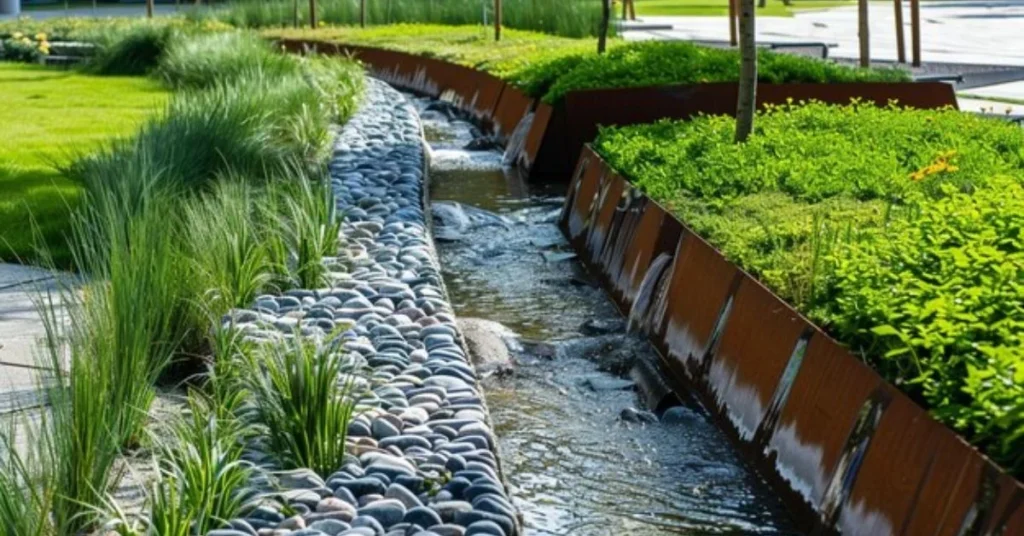
What is the best type of plant for a creekside garden?
Water-loving plants like ferns, willows, and hostas are ideal for creekside gardens. These plants thrive in the moist conditions provided by the creek.
How do I prevent soil erosion in my creekside garden?
To prevent erosion, use ground covers, mulch, and plant deep-rooted shrubs to help hold the soil in place.
Is it difficult to maintain a creekside garden?
Gardening with Creekside does require some extra care, such as watching for erosion and managing moisture, but it’s no harder than regular gardening once you have the right plants.
Can I attract wildlife to my creekside garden?
Yes! Planting native shrubs, wildflowers, and herbs will attract birds, butterflies, and even frogs to your creekside garden.
How do I manage pests in a creekside garden?
To control pests, you can use natural repellents, introduce beneficial insects, and create barriers to protect your plants.

